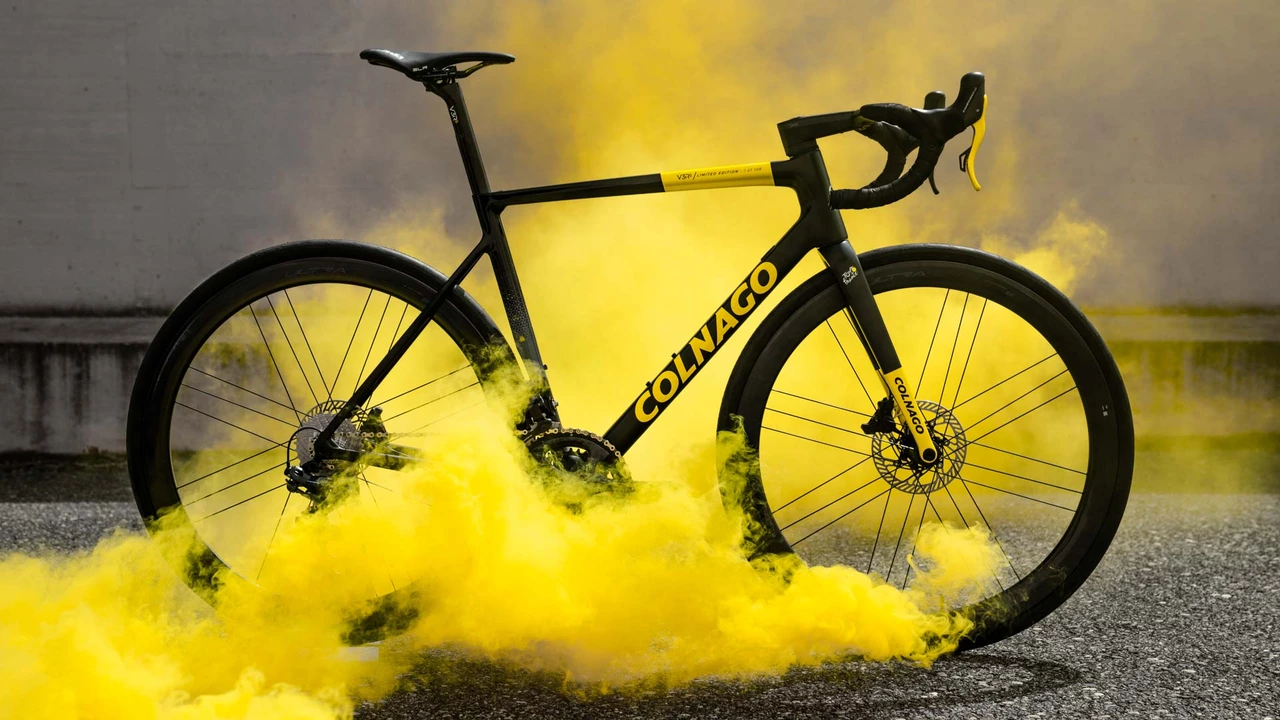Tour de France Bikes – What Makes Them Legendary?
If you watch the Tour de France, the first thing you notice is the sleek, lightweight machines that zip up mountain passes. Those bikes are more than just metal; they’re the result of decades of engineering, rider feedback, and race rules. In this article we’ll break down why Tour bikes are special, how they’ve changed over time, and what to look for if you want a bike that feels like a pro’s.
Evolution of the Tour de France bike
The first Tours in the early 1900s used heavy steel frames, wide tires, and simple gear setups. Riders had to fix flats themselves, so durability mattered more than speed. By the 1970s, aluminum frames started to appear, shaving off pounds and letting riders climb faster.
Enter the carbon‑fiber era in the 1990s. Carbon is lighter than aluminum and can be shaped to absorb road vibrations. That means riders stay comfortable on long stages and can push harder. Modern Tour bikes also feature electronic shifting, disc brakes, and aerodynamic tube shapes that cut wind resistance.
Rules from the Union Cycliste Internationale (UCI) keep the bikes in check. For example, the frame must stay within a certain size, the handlebars can’t be too low, and the wheels must be 700c with a maximum width. These limits keep the competition fair while still allowing manufacturers to innovate.
Choosing the right bike for you
Want a bike that feels like a Tour machine? Start with the frame material. Carbon gives the lightest feel and best ride quality, but it’s pricier. Aluminum is a solid middle ground: still light, more affordable, and easy to repair.
Next, think about geometry. Pro Tour frames are aggressive – low stack, long reach – which puts you in a powerful position for sprinting and climbing. If you’re new to road riding, look for a more relaxed geometry that’s easier on the back and hips.
Don’t forget components. Group sets from Shimano, SRAM, or Campagnolo come in entry‑level, mid‑range, and top‑level tiers. For a Tour‑like experience, a mid‑range set with electronic shifting offers crisp changes without breaking the bank.
Weight matters, but so does handling. A bike that’s too light can feel twitchy on rough cobbles. Test ride a few models to see how they respond on different surfaces. Pay attention to how the bike feels under braking – disc brakes give consistent stopping power, especially in wet conditions, which is why most Tour teams have switched over.
Finally, fit is king. Even the best bike won’t perform if it doesn’t match your body. Get a professional bike fitting or use a size chart as a starting point. Small tweaks to saddle height, fore-aft position, and handlebar reach can turn a good ride into a great one.
Remember, a Tour de France bike isn’t just a product; it’s a collection of choices that balance speed, comfort, and durability. By understanding the history, the tech, and your own needs, you can pick a bike that lets you enjoy long climbs, fast descents, and that unmistakable feeling of riding something built for legends.
How are Tour De France bikes better than basic bikes?
Boy oh boy, let me tell you, Tour De France bikes are like the Ferraris of the bicycle world compared to your average, everyday bikes! These lean, mean, pedaling machines are a marvel of technology, packing a punch with their incredibly light, yet super strong, carbon fiber frames. You know how we all dream of flying? Well, with their aerodynamic design, these bikes are as close as you can get to flying on two wheels! The gear systems on these bad boys are so advanced, they could probably outsmart a chess grandmaster. So, while your basic bike is perfect for a leisurely Sunday ride and a picnic, if you're gonna race like a pro, you need a bike that's up to the task - a Tour De France bike!
More